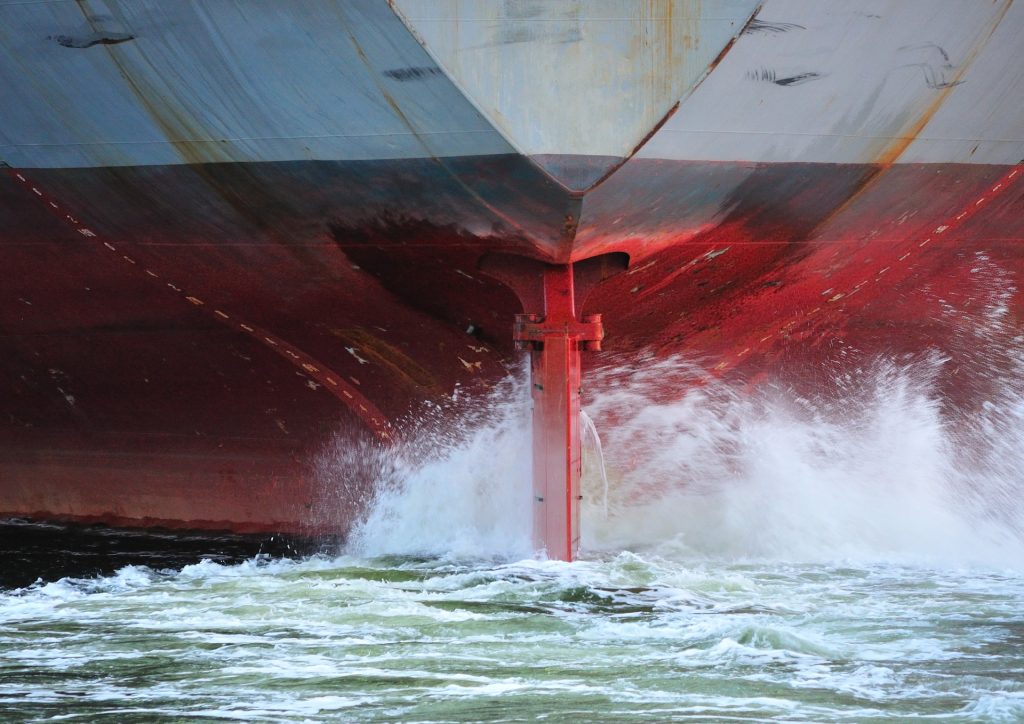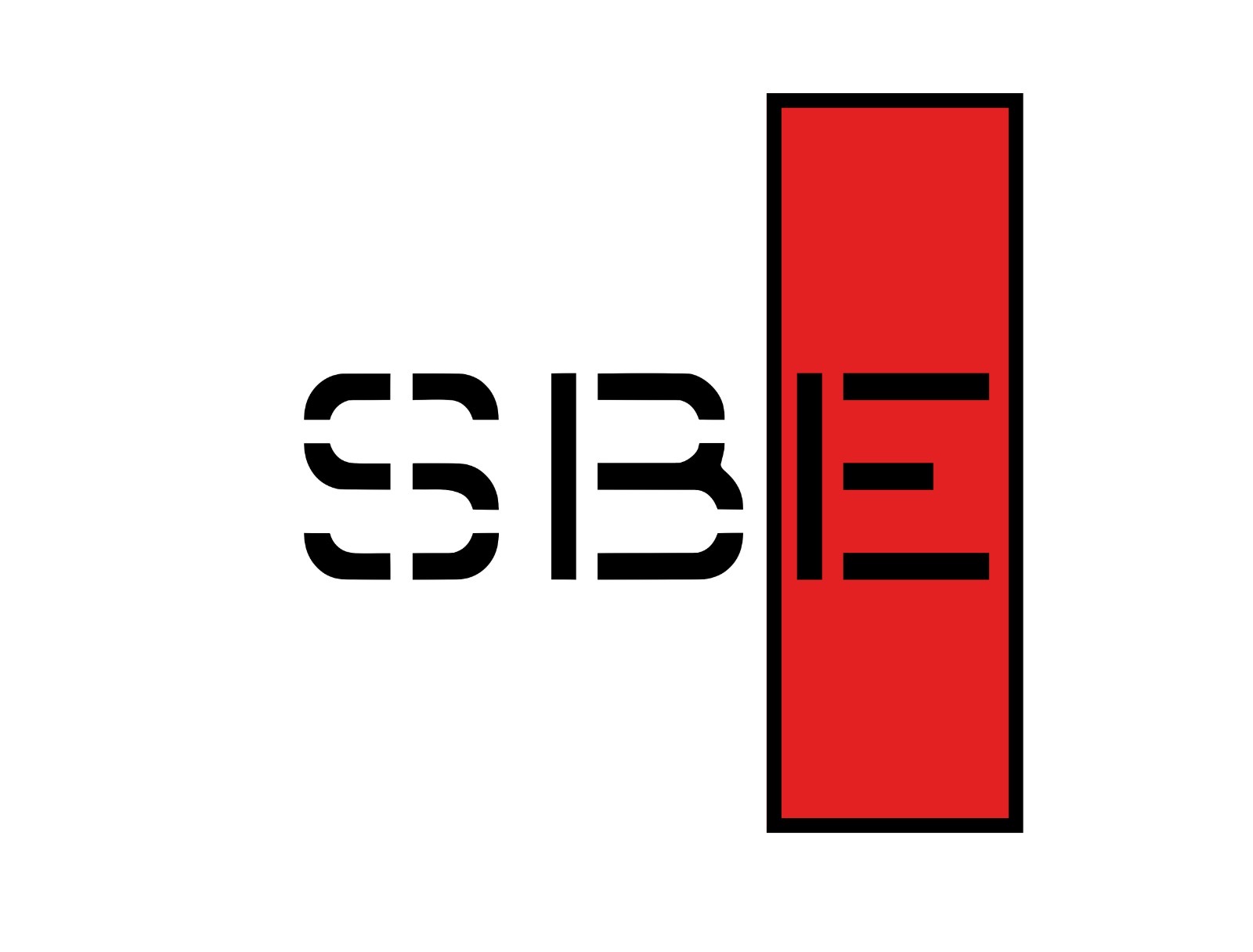From a Practical Viewpoint
Some Consideration
If it were possible to screw the propeller into a solid body, the ship would proceed straight, precisely like the screw that enters the wood. Rotating in a liquid (the sea), yielding by its very nature, we must take into account some components:
- A drawn current by the propeller proceeds straight and parallel to the keel.
- A rejected current that passes through the rotational motion of the propeller undergoes an oblique deviation concerning the axis itself, creating a whirling action in the wake.
- Pressure on the stern and the rudder exerted by the repelled current determines a significant lateral force.
- A difference between the water density on the surface and the lowest rotation point determines a different pressure produced by the blades during a complete revolution.
These factors produce variable forces that create the “Paddle-wheel effect”.

- Right-handed fix-pitch: When going ahead, negligible effect and easily correctable with the rudder. The bow cants to starboard and the stern to port when going astern.
- Left-handed fix-pitch: When going ahead, negligible effect and easily correctable with the rudder. The bow cants to the port and the stern to starboard when going astern.
- Right-handed variable-pitch: When going ahead, negligible effect and easily correctable with the rudder. The bow cants to the port and the stern to starboard when going astern.
- Left-handed variable-pitch: When going ahead, negligible effect and easily correctable with the rudder, the bow cants to starboard and the stern to port when going astern.
We deliberately do not consider the turning effect that the propeller produces in forwarding motion, as it is negligible for practical purposes and automatically corrected by the coxswain. We also neglect the shape of the ship’s stern, which often affects her turning qualities, and we list the typical cases of the behaviour of a single-shaft ship.
We also note the wake, which produces a significant pressure field, which adds to and interacts with the hull and the manoeuvre. The ship’s wake amplifies the effect of the propeller in the first phase but can counteract it once it has passed the abeam of the vessel.
In the following image, we see a right-hand fix-pitch propeller that, in forwarding motion, produces a negligible effect for which the bow cants to port and the stern to starboard; with the engine astern, the result is more significant, and the stern cants to the port, while the bow cants to starboard.
For left-handed ships, the opposite happens.

How to Use These Features in Practice?
If we are to turn in confined water, first, where possible:
1) Set the manoeuvre to turn, favouring the “Paddle-wheel effect”. The way to do this is to facilitate the natural turning side of the ship, which will be starboard for a right-handed and port for a left-handed. This way reduces times manoeuvring space and does not allow the propeller paddle-wheel effect, if contrary, to stop or reverse our turn.
2) With the ship stopped, give a decisive kick ahead with the rudder hard over. As we have said previously, the slip is maximum with the arrested vessel. Consequently, the rejected current hits the rudder blades violently, and the ship turns even before it gathers headway.
3) When the rotary effect concerning the advancement becomes unfavourable, stop the engine, recover the helm back in the middle, and proceed with a decisive kick astern. To the rotation already in progress, we add the turning effect of the propeller. This behaviour is only possible if she turns ” to the propeller’s way”.
4) As in point (3), to evaluate the momentum, we have to stop the engine and proceed Ahead again, putting the rudder hard over to optimise the turning circle.

